#librum
Text
Librum: Çevrimiçi Kütüphane Yazılımı
Librum, bulut kütüphanesine sahip yeni bir e-Kitap okuyucusudur.
Kitap kurdu musun?
Tam size göre bir yazılım var!
Librum Reader, ” okumayı herkes için eğlenceli ve anlaşılır hale getirmeyi ” amaçlayan yeni bir e-Kitap okuyucu yazılımıdır .
Bu her zamanki çevrimdışı okuyucu uygulamanız olmasa da, Linux için en iyi e-Kitap okuyucularından biri olabilir . Librum ile istediğiniz zaman, istediğiniz cihazdan erişebileceğiniz kişisel bir kütüphaneye sahip olarak bulutun avantajlarından yararlanabilirsiniz .
0 notes
Text
An aquatic feline from Librum Prodigiosum! The Orabou, a legendary fish described in French cosmographers André Thevet’s Cosmographie Universelle in 1575- a work made to describe every part of the known world. This unusual beastie was said to live in the ocean by Mount Marzouan, they were 9 feet long and apparently had foul-tasting flesh which caused kidney stones if ingested!
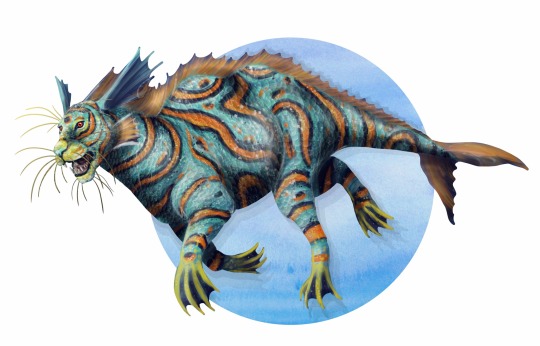
#digital art#digital illustration#fantasy#art#folklore#mythology#monster#librum prodigiosum#mythical creatures#creature#artists on tumblr#mythology art#mythologyart#sea monster#orabou#Cosmographie Universelle
90 notes
·
View notes
Text
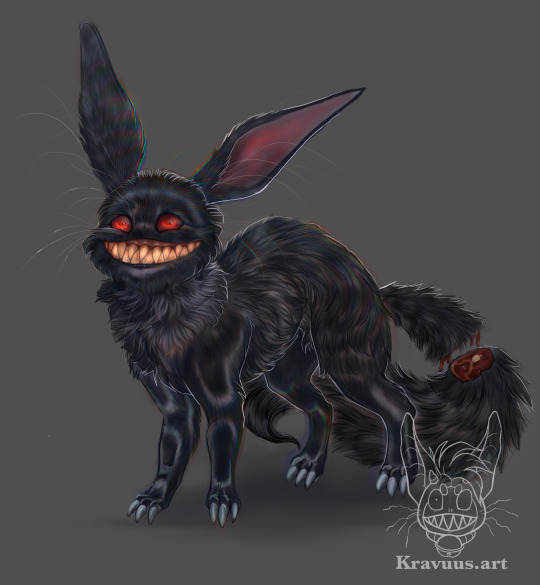
𝔗𝔞𝔦𝔩𝔶𝔭𝔬
A creature from North American folklore. The story Tailypo takes part in, is mostly told to children as a cautionary tale, not to abuse animals.
The Tailypo returns to a man that shot of its tail, which he eats right after. Later at night the Tailypo returns to the man, demanding its Tail back.
#procreate#digital art#artist on tumblr#librum prodigiosum#illustration#procreate artist#digitalart#digital artist#creature#Folklore#North American folklore#horror#creature art#creepypasta fanart#Tailypo
91 notes
·
View notes
Text
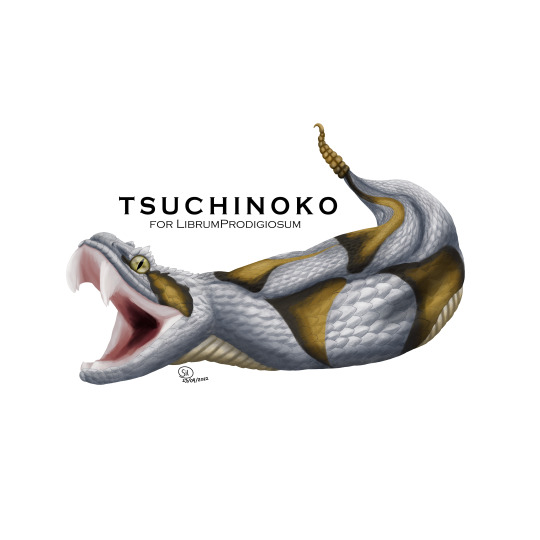
Tsuchinoko, for Librum Prodigiosum
From Japanese mythology
The Tsuchinoko is a Japanese yōkai famous in Western Japan. It is a serpentine being whose middle is wider than its head and tail. It is said to be between thirty and eighty centimeters in length, and has a viper-like venom.
Some say that the Tsuchinoko has the ability to leap up to one meter into the air. It is also said to be able to talk, with a propensity for lying.
#librum prodigiosum#japanese mythology#yokai#creature#mythological creatures#creature art#mythology art#monster#snake#artist on tumblr#monster art#digital painting#krita painting#made in krita#silvertail arts
48 notes
·
View notes
Text

Swan Maiden 🦢 drawn for Librum Prodigiosum.
Swan Lake is my favorite ballet (and Barbie movie), so I'm really happy I had the chance to illustrate this! My patronus is also a swan 👀
#Illustration#character illustration#Swan Maiden#artists on tumblr#Original Art#Mythology#Myth#Legend#Mythological Creature#Librum Prodigiosum#Levrux Art
14 notes
·
View notes
Photo

Happy new year! Last art of 2022, a nue!
#art#digital art#human artist#animall#yokai#japanese#nue#monkey#tiger#snake#tanuki#chimera#monster#monke#procreate#small artist#clouds#Digital Illustration#librum prodigiosum
8 notes
·
View notes
Text

Okay, so you're probably wondering what an 'Astrographicum' is.
IT was something i started in high school - circa 2021. Essentially, i was really into Warhammer 40k lore at that point in time. I loved how insane and large and goofy it was; that there was multiple paragraphs of background for just about every individual planet, and that that one kind of Tyranid ship travelled through space by stretching the gravitational pull of a planet directly in front of it into a column that contained the ship.
It made me want to attempt something similar - How far could I go with my own setting, with just me at the helm?
Thus began my self imposed project, the Librum Astrographicum! The name comes from a location in the canon; the infinite library located at the centre of existence, where everything that ever happened in every universe was written.
It was initially a just fun creative exercise, but the more time I invested in it, the more i loved it! Thinking about universal laws, lores, and long lost pantheons, as well as how to combine sci-fi and magic is too much fun. It's one of the avenues I used to improve both my art process and skill, and my creative writing, because no matter what happened, I couldn't get it wrong. It was self contained,
Two of the "Main Characters" (quotes because I have a shit ton of other characters I haven't drawn with their own individual stories) are these two, Eleanor and Vatra.
This is the most recent redesign I've done for them.
Eleanor is a shy and reserved person, and formerly a member of the Ada Curricum, a sisterhood that reveres and worships the Goddess of Knowledge, Curicana. She was banished from this sisterhood after her body became a vessel for the soul of a demon she calls Dusk. Despite this, she still fully believes in Curicana's tenets, about exploring and learning and discovering everything there is to know about the universe.
Vatra on the other hand, Is incredibly outgoing and bold. She's a former worker of a Hypersteel manufacturing plant (hypersteel being a strong metal alloy that allowed humanity to further explore the universe). After her town was attacked by a cult (no biggie), she was struck by an enchanted blade that imbued her with fire magic.
The two found each other when they both went to investigate the the site of a starship crash landing nearby, and they've been tight ever since.
These two have been with me since the beginning of my journey in digital art and writing, and will probably be with me when i eventually master it.
#oc#oc art#original character#digital art#my art#drawing#krita#made with krita#krita illustration#digital illustration#Librum Astrographicum
1 note
·
View note
Text
Cyprianus Huerguensis – In Librum Beati Iob, Caput VIII
Contra vero necessarium est magna rerum ignoratione teneantur, qui hoc [historiam] tanto ad vitam ducendam adminiculo carent. Mortales vero hoc necessario rerum experimento et usu, nisi vetustatis memoria iuvemur, indigemus semper, quod simus hesterni, ut inquit Baldad, hoc est, recenter nati. Nam qui Ínter nos ad octogesimum pervenit annum, bene secum actum putat. In tam exigua ergo aetate horum prudentia atque sapientia, quae experimentis colligitur, perquam necessaria sit.
[HIS] Por el contrario, es necesario que estén dominados por una gran ignorancia los que carecen de esta gran ayuda para ordenar su vida. Pero los mortales estamos siempre necesitados de esta necesaria experiencia y práctica, a no ser que estemos ayudados por el conocimiento de la antigüedad, porque somos de ayer, como dice Baldad, es decir, recién nacidos. Pues quien de entre nosotros haya llegado a octogenario, piensa que ha obrado correctamente. Pero en una edad tan corta es muy necesaria la prudencia y sabiduría de estos, la cual se adquiere con la experiencia.
#Cyprianus Huerguensis#Cipriano de la Huerga#In Librum Beati Iob#saec. XVI#1581#scriptum#philosophia#theologia
0 notes
Text
Ece Ataer – Sosyopolitik Şarap (2022)
Şarap, basit bir içecek midir yoksa insanlık, tarihi süreç içerisinde üzümü dönüştürürken o da insanı mı dönüştürdü?
Mayalı üzüm suyu kültürü, insanlığın derin düşüncesini anlatırken kulağa imkânsız gibi gelse de bir taraftan da uygarlık tarihini mi yazmıştır?
Bir içki, haz verme ilkesinin çok ötesinde sosyal dönüşümün, toplumsal örgütlenmenin, inancın katalizörü olabilir mi?
Bu soylu ve kadim…
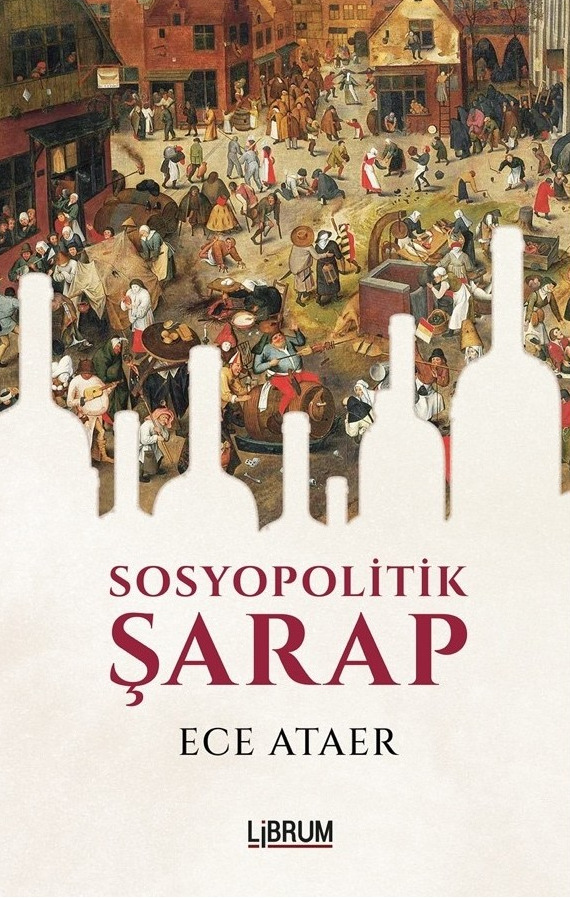
View On WordPress
0 notes
Text
(Muggle reader looking at Sev's book collection)
Y/N; “These spells, these really work? I mean, can you really “turn your enemies inside out”? Or “learn to excrete gold coins”?”
Severus; “They work. But they take concentration, being attuned with the forces of the universe.”
Y/N; “Right. You can’t just go “librum incendere” and expect…”
(Y/N's book bursts into flames and you scream and slam it shut, extinguishing it)
Severus; “Please don’t speak Latin in front of the books.”
#incorrect quotes#harry potter universe#severus snape#reader insert#severus snape x reader#muggle reader
277 notes
·
View notes
Text
Guda: a medieval self-portrait
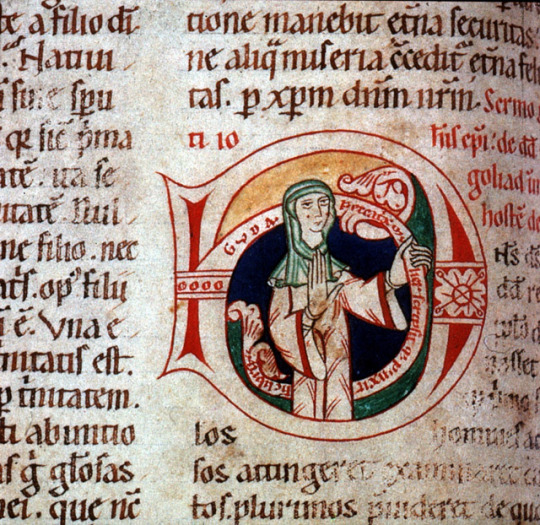
Self-portrait of Guda, homilary, Frankfurt, second half of 12th century.
"The first category of figures we have considered shows the artist present in the work or in the process of creating it. To that category, we add a second type of portrait or self-portrait, in which the artist beseeches a favorable judgment for him-/herself after the work is completed.
Such is the case with the famous signed self-portrait of Guda, who represents herself within a collection of homilies in an initial D[ominus] for the octave of the Pentecost. The inscription reads: “guda peccatrix mulier scripsit q[ue] pinxit h[un]c librum (Guda, a sinful woman, wrote and painted this book).” Of the seven initials in the manuscript, this D is one of only two that contain figures. The other historiated initial comes at folio 196, the opening of the Assumptio Mariae, and contains a portrait of the virgin identified as Maria Virgo. The other five initials display dragons, interlaces, ribbons, or spirals.
Guda represented herself firmly grasping the initial with her left hand and raising her right in a gesture of salutation and expectation. I would argue that Guda carefully and consciously chose to be here. The initial opens the ninth homily of St. John chrysostom, the Sermo beati iohannes episcopi de david ubi goliad immanem hostem devicit (Sermon of the blessed Bishop John, on when David overcame the monstrous enemy Goliath), which explains the election of David. The homily also offers an occasion to meditate on the gifts of the Holy Spirit and its role in comforting the soul. In short, Guda has chosen the perfect spot in which to await the Second Coming of Christ, and this is why she represents herself as a sinner, whose activity as an artist should count in her favor at the end of time.
Guda’s self-representation in this way is analogous to the scene the scribe Swicher has staged (for the reader?) in the frontispiece of his copy of isidore of Seville’s Etymologies. Swicher’s author portrait is most original. In the upper register, Isidore of Seville is depicted in conversation with Bishop Braulio of Zaragoza, the patron of the Etymologies. In the lower register, Christ in propria persona presides at the scribe’s last judgment. Two angels busy themselves at a balance in which is weighed the very manuscript Swicher copied. The work of the scribe counts as a work of virtue: a third angel takes Swicher’s soul away through a thick cloud, whereas the devil turns around empty-handed. The Titulus attests to this: "O god, deign to have mercy on this wretched scribe. Do not consider the weight of my faults. Small though the good things may be, let them be exalted over the bad. Let night give way to light; let death itself give ground to life.”
Guda and Swicher make use of the same patterns of visibility and those patterns are not gender-specific. In both cases, the artists stage their humility and represent their belief that they might reach the heavenly kingdom through the artistic work they have done."
Mariaux Pierre Alain, "Women in the making: early medieval Signatures and artists’ portraits (9th–12th c.)", in: Reassessing the Roles of Women as 'makers' of Medieval Art and Architecture
#history#women in history#women's history#12th century#germany#german history#middle ages#medieval history#medieval women#women's history month#women painters#female artists#educational#herstory#illuminations#marginalias#manuscripts#medievalism#guda
87 notes
·
View notes
Text
An aquatic beast for Librum Prodigiosum ! The Afanc, from Welsh mythology! This lake monster is vicious, killing anyone who swims in its lake- there are many stories of failed attempts to subdue the beast, often ending in tragedy!
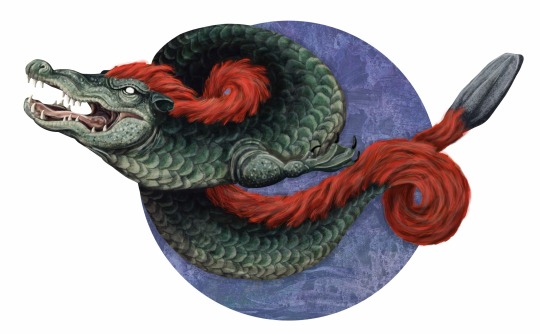
#digital art#digital illustration#fantasy#folklore#mythology#librum prodigiosum#monster#art#mythical creatures#celtic mythology#dragon art#welsh mythology#wales#afanc#creature#water creature#sea creatures#lake monster#mythologyart
177 notes
·
View notes
Text

WOLPERTINGER
A creature from German Folklore that lives in the alpine forest of Bavaria and Baden-Württemberg. It’s noch has various parts from other animals. It lives on roots and herbs. If one touches its spit, hair will grow on the spot.
#procreate#digital art#artist on tumblr#librum prodigiosum#illustration#procreate artist#digitalart#digital artist#mythology#creature#mythical creature#wolpertinger#german folklore#German mythology
227 notes
·
View notes
Text
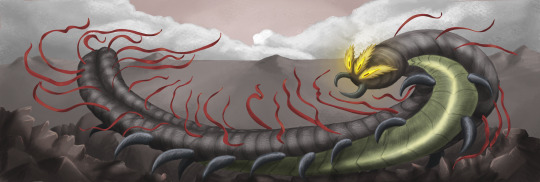
Header of a chapter for the book Librum Prodigiosum, based on the Tcaridyi, from the Romani demonology
#librum prodigiosum#mythology art#monster art#digital art#procreate#artist on tumblr#silvertail arts
14 notes
·
View notes
Text
Alison: There's no such thing as magic, is there?
Julian: Well it's not like you can just open some ancient book and read something like....
Julian, looking down at a page: Librum incinderé, and expect-
The book: *bursts into flames*
Everyone:
Captain: Julian, don't speak Latin in front of the books.
#incorrect bbc ghosts#source: buffy the vampire slayer#bbc ghosts#alison cooper#julian fawcett#captain ghosts
30 notes
·
View notes
Text
Submission:
Difference in el & la
Hi,
Just started learning spanish…
confused with el and la specially with non living things like el libro considering book as masculine while la bibiloteca is considering libraray(which has all the books) as feminine
So not when to use what especially on non living thing
Answer:
Unfortunately, grammatical gender has nothing to do with “gender” in the sense of living things or biological sex
The grammatical gender of words is often determined by the language they originate from, usually Latin, Greek, or Arabic. Latin in particular makes up the majority of Spanish, and much of the grammatical gender of things like el libro is determined by what the gender was in Latin or what it looked like, in this case librum which was a masculine word
Other words are more finnicky or require looking into etymology to understand why they are a certain gender, but for the average person there’s no real reason for “library” to be feminine or “bank” to be masculine, and it’s quite confusing to many people why “victim” would be feminine regardless of if the victim is a man
Aside from the words directly related to people/jobs/nationalities like “man”, “woman”, and whether you use abogado or abogada for the gender of the “lawyer”, or adjectives used to describe people, there usually isn’t an explanation that’s readily available for someone not versed in linguistics except in a few cases
...
So unfortunately, it’s a matter of memorization, learning patterns, and learning to recognize/understand the exceptions
But there are certain patterns like knowing that most of the time a word ending in O is masculine, a word ending in A tends to be feminine, and certain endings like -ción, -dad, -tad etc. tend to be feminine
That’s what I mean about patterns; and then you learn things like el día, la mano etc as exceptions
34 notes
·
View notes